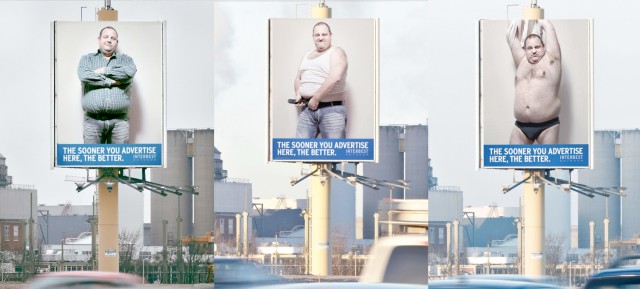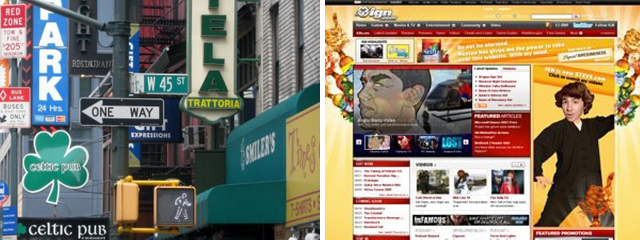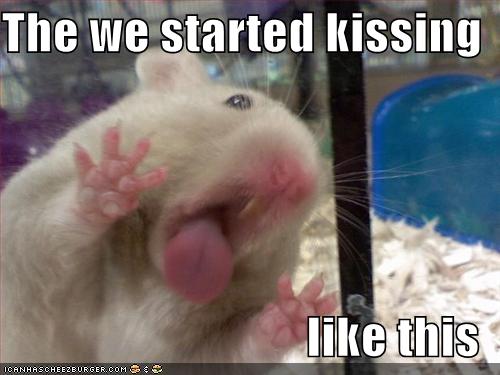Our most popular post EVER: 100% analogue
Almost 2 years ago we published what became our most popular post so far: The Stripper Blackmail. This billboard campaign features a male stripper that nobody wants to see naked. But why is it so funny and appealing in its analogue format, in paper as opposed to in digital?
We at Adverblog loved the idea and execution by Y&R Amsterdam. And I am not suggesting it should have been any different to what it was. But its popularity got me thinking: would you readers have reacted the same way, would it have garnered as many awards as it did, had it been a digital piece, a banner or website for example?
Here is what is similar:
- People commute in cars on highways to their destinations - people commute online (excuse yesteryear’s buzzword ‘data superhighways’) to their favourite websites.
- Drivers are busy steering their vehicles - users are busy clicking around for interesting stuff.
So in both cases, there is lots of competition and the placements would attract only mild attention, if any.
But here is what is different. Firstly, it’s in the way the idea is presented. The billboard idea is explained as a series of photos where the real environment appears secondary, just there in order to understand it is a billboard next to a street. We phase out that there are many other signs in the street, that might have more importance to drivers.
Now imagine the same execution in an online execution (as e.g. a page takeover). Immediately alarm bells go off: wouldn’t I be annoyed by this large banner, trying to close it as soon as possible? After all, people HATE ads online, right? Would I be able to run a mystery campaign like this? One in which the reveal happens 5 days later, knowing users can’t even remember the last site they clicked away from?
A second difference is the ad’s context: a street billboard works in a situation in which you for the most part don’t see a) any real nudity or b) freaky stuff. You somehow imagine the drivers passing the billboard, giggling to themselves due to the provocative nature of the ad. We picture journalists throwing a story up on mainstream media. Now compare it to the web, where most boundaries have been crossed, where some users have seen ‘a hamster dressed as Kylie Minogue playing ping pong’ just seconds before they came to your banner. Difficult to raise an eyebrow in this context, right?
I am not sure what these differences even mean. Except that I am stating some fairly obvious things: firstly, it matters a lot how you present an idea for PR and awards, and secondly, it’s brutally hard to hold anyone’s attention online.


